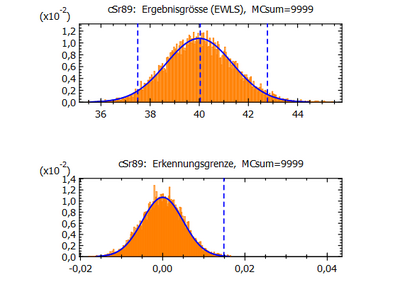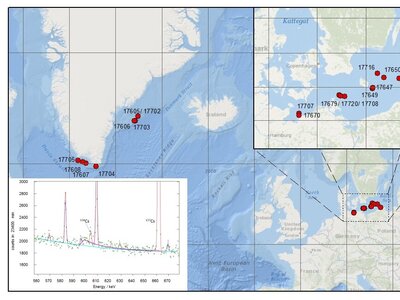The Federal coordinating office for fish, fishery products, crustaceans, shell fish and seaweed is one of 11 Federal coordinating offices for the large-scale monitoring of environmental radioactivity in a certain environmental compartment, e.g. air, soil, food or fish. The Federal coordinating offices were approved by law in the German Federal Precautionary Radiation Protection Act after the Chernobyl accident in 1986 and are first contact for members of the public, media and ministries in case of an accident like Chernobyl or Fukushima.
In detail, we are analyzing fish, crustaceans and seaweed from the Baltic and the North Sea for their concentration of radioactive substances. On the one hand, these results are important reference values in case of an accident in a nuclear facility. On the other hand, we use the results for training on and improving of our methods for sampling and analysis. Furthermore, our results enable the plausibilisation of the analyses of the labs from the federal states, which are transferred into the Integrated Measuring and Information System (IMIS). We assess the actual status of radioactive substances in fish and their dispersion at sea on basis of all measured values.

![[Translate to English:] [Translate to English:]](/media/_processed_/2/9/csm_Embryo-Exp_Gelege_9F_dpf5-200513111619_c8534a8199.jpg)
![[Translate to English:] [Translate to English:]](/media/_processed_/2/9/csm_Embryo-Exp_Gelege_9F_dpf5-200513111619_9027994d44.jpg)









